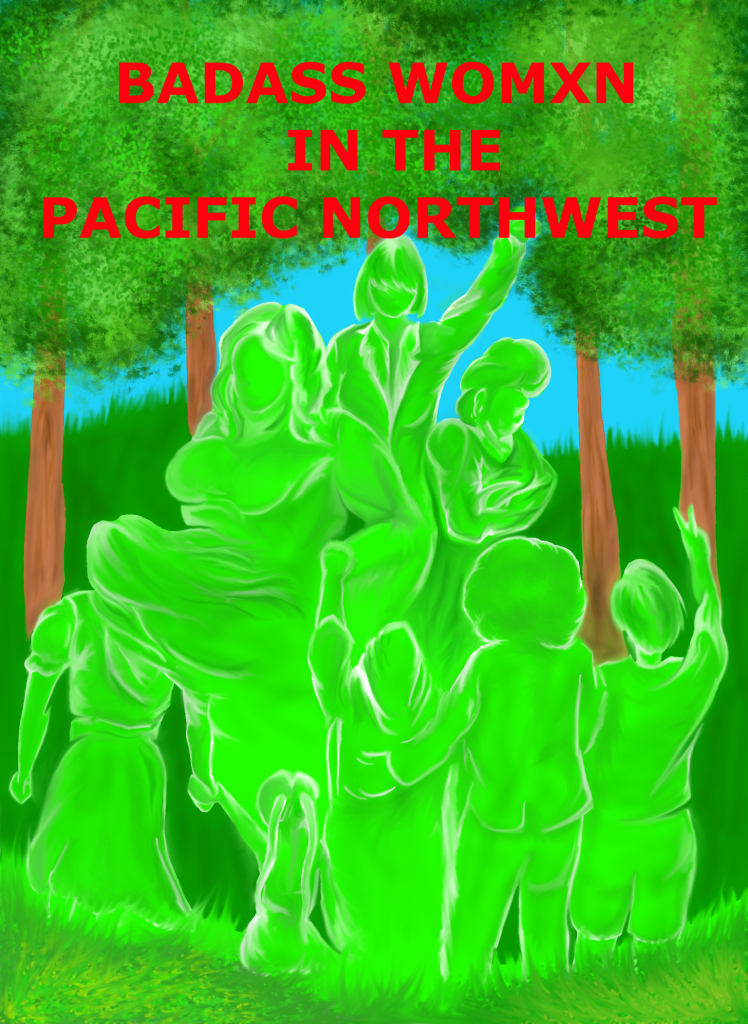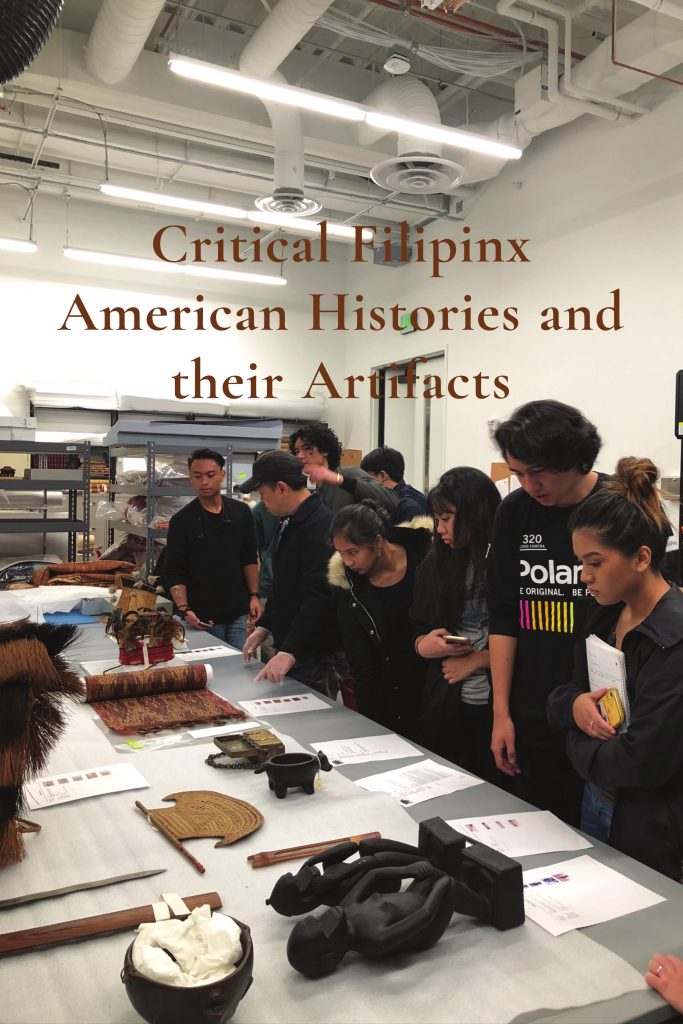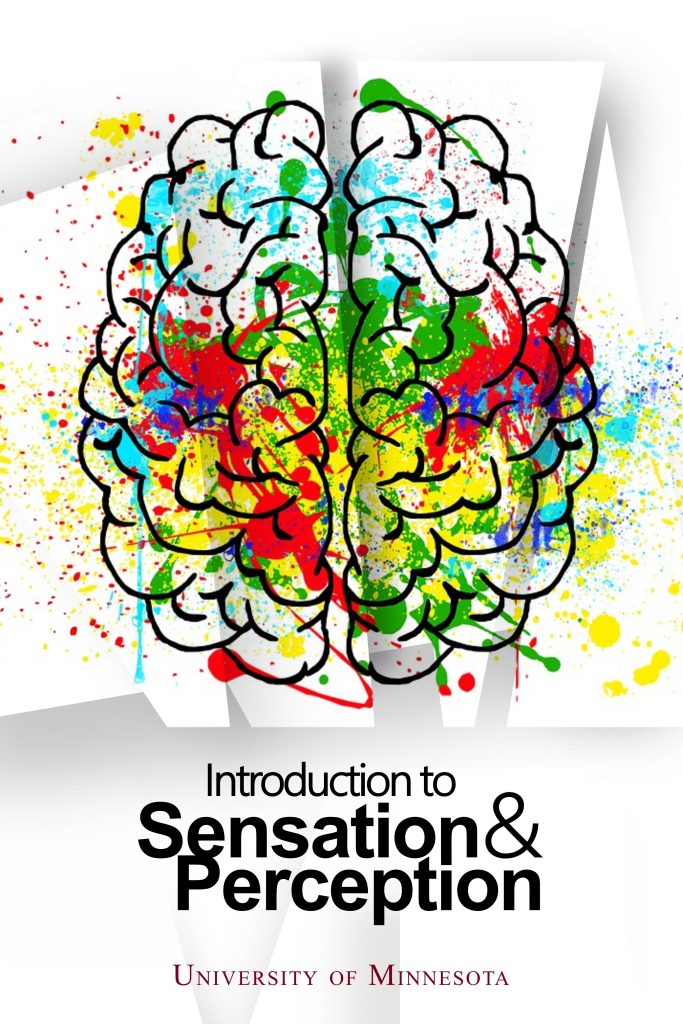- Find Information
- Research Guides
- OER Design: Support for UTSA Faculty
OER Design: Support for UTSA Faculty
Open Pedagogy

Access and Equity
Commitment to reducing barriers that prevent equitable access to education, including economic, technical, social, cultural, and political factors. (see Maha Bali and Christina Hendricks)
Community and Connection
Commitment to facilitating connections across the boundaries of learning experiences, classrooms, campuses, countries, communities, and viewpoints. This might include inviting authentic student collaboration with peers, experts, and the public. (see Robin DeRosa and Bronwyn Hegarty)
Agency and Ownership
Commitment to protecting agency and ownership of one's own learning experiences, choices of expression, and degrees of participation. (see Rosen and Smale)
Risk and Responsibility
Commitment to interrogate tools and practices that mediate learning, knowledge building, and sharing and to resist the treatment of open as neutral. (see Jesse Stommel and Audrey Watters)
These are our initial attempts to name the central values of open pedagogy, to which we aspire. As DeRosa and Jhangiani stated, open pedagogy is a site of praxis and a concept defined by ongoing conversation. As you consider open pedagogy, what value and aspirations arise for you?
From: EduCause. (2018). The Values of Open Pedagogy [Blog]. Transforming Higher Ed Blog. https://er.educause.edu/blogs/2018/11/the-values-of-open-pedagogy
OEP, or Open Educational Practices, can be defined as the set of practices that accompany either the use of OERs or, more to our point, the adoption of Open Pedagogy. Here are some simple but profoundly transformative examples of OEPs:
- Adapt or remix OERs with your students.
- Build OERs with your students.
- Teach your students how to edit Wikipedia articles.
- Facilitate student-created and student-controlled learning environments.
- Encourage students to apply their expertise to serve their community.
- Engage students in public chats with authors or experts.
- Build course policies, outcomes, assignments, rubrics, and schedules of work collaboratively with students.
- Let students curate course content.
- Ask critical questions about “open.
From A Guide to Making Open Textbooks with Students by Robin DeRosa, director of interdisciplinary studies at Plymouth State University & Rajiv Jhangiani, University Teaching Fellow in Open Studies at Kwantlen Polytechnic University, licensed under a Creative Commons Attribution 4.0 International License, except where otherwise noted.
-
Open Pedagogy NotebookWebsite with examples of open pedagogy projects; also takes a deep dive into open pedagogy concepts.
-
 A Guide to Making Open Textbooks with Students
by
Ed. Elizabeth Mays
A handbook for faculty interested in practicing open pedagogy by involving students in the making of open textbooks, ancillary materials, or other Open Educational Resources. This is a first edition, compiled by Rebus Community, and we welcome feedback and ideas to expand the text.
A Guide to Making Open Textbooks with Students
by
Ed. Elizabeth Mays
A handbook for faculty interested in practicing open pedagogy by involving students in the making of open textbooks, ancillary materials, or other Open Educational Resources. This is a first edition, compiled by Rebus Community, and we welcome feedback and ideas to expand the text.
These are OER open pedagogy projects from other universities with open publishing programs.
-
 Badass Womxn in the Pacific Northwest
by
UWB Zine Queenz
Publication Date: 2019This zine is a collection of biographies and portraits of badass womxn in the Pacific Northwest. Undergraduate students collaborated to create this resource that fuses multilingual poetry, art, and writing to celebrate and honor some of the strongest people you might not have heard of. It was created in an interdisciplinary gender, women & sexuality studies classroom led by Professor Julie Shayne, librarians Penelope Wood and Denise Hattwig, and peer facilitator Nicole Carter.
Badass Womxn in the Pacific Northwest
by
UWB Zine Queenz
Publication Date: 2019This zine is a collection of biographies and portraits of badass womxn in the Pacific Northwest. Undergraduate students collaborated to create this resource that fuses multilingual poetry, art, and writing to celebrate and honor some of the strongest people you might not have heard of. It was created in an interdisciplinary gender, women & sexuality studies classroom led by Professor Julie Shayne, librarians Penelope Wood and Denise Hattwig, and peer facilitator Nicole Carter. -
 Critical Filipinx American Histories and their Artifacts
by
Rick Bonus and UW AAS 360 2019 Students
Publication Date: 2020The contents of this online book were created by Prof. Rick Bonus and his students as a final project for a course on “Critical Filipinx American Histories” in the Fall quarter of 2019 at the University of Washington, Seattle campus. In collaboration with the UW Libraries, the UW Burke Museum, and the UW Department of American Ethnic Studies, this book explores and reflects on the relationships between Filipinx American histories and selected artifacts at the Burke Museum. It is a class project that was made possible by the Allen Open Textbook Grant.
Critical Filipinx American Histories and their Artifacts
by
Rick Bonus and UW AAS 360 2019 Students
Publication Date: 2020The contents of this online book were created by Prof. Rick Bonus and his students as a final project for a course on “Critical Filipinx American Histories” in the Fall quarter of 2019 at the University of Washington, Seattle campus. In collaboration with the UW Libraries, the UW Burke Museum, and the UW Department of American Ethnic Studies, this book explores and reflects on the relationships between Filipinx American histories and selected artifacts at the Burke Museum. It is a class project that was made possible by the Allen Open Textbook Grant. -
 Introduction to Sensation and Perception
by
Students of PSY 3031, Spring 2020
Publication Date: 2020
Introduction to Sensation and Perception
by
Students of PSY 3031, Spring 2020
Publication Date: 2020 -
 Learning Environments Design Reading Series
by
Evrim Baran
A collection of readings on Learning Environments Design. Created by EDUC/HCI-603: Advanced Learning Environments Design graduate course at Iowa State University. Learning Environments Design Reading series is published under the Creative Commons Attribution 4.0 License
Learning Environments Design Reading Series
by
Evrim Baran
A collection of readings on Learning Environments Design. Created by EDUC/HCI-603: Advanced Learning Environments Design graduate course at Iowa State University. Learning Environments Design Reading series is published under the Creative Commons Attribution 4.0 License -
 Online Learning Toolbox
by
Evrim Baran
Online Learning Toolbox is a collection of seminal readings with commentary on different topics of online learning. Students taking the EDUC-507: Principles and Practices of Distance Education graduate course in Fall 2019 at Iowa State University contributed to the development of this open online source. This initiative is a product of the “open pedagogy” approach that I follow in designing the renewable assignments and projects in my courses. Open pedagogy is a participatory teaching approach in which students contribute to the development of the content they learn . As I was exploring the integration of open pedagogy activities into my graduate courses, I came across with the Open Education Reader, a collection of readings on open education, developed by Dr. David Wiley and his graduate students. This work inspired me to implement similar projects in other contexts (see the Learning Environments Design Reading Series and Aquatic Toxicology WikiBook).
Online Learning Toolbox
by
Evrim Baran
Online Learning Toolbox is a collection of seminal readings with commentary on different topics of online learning. Students taking the EDUC-507: Principles and Practices of Distance Education graduate course in Fall 2019 at Iowa State University contributed to the development of this open online source. This initiative is a product of the “open pedagogy” approach that I follow in designing the renewable assignments and projects in my courses. Open pedagogy is a participatory teaching approach in which students contribute to the development of the content they learn . As I was exploring the integration of open pedagogy activities into my graduate courses, I came across with the Open Education Reader, a collection of readings on open education, developed by Dr. David Wiley and his graduate students. This work inspired me to implement similar projects in other contexts (see the Learning Environments Design Reading Series and Aquatic Toxicology WikiBook).
-
Open Pedagogy NotebookWebsite with examples of open pedagogy projects; also takes a deep dive into open pedagogy concepts.